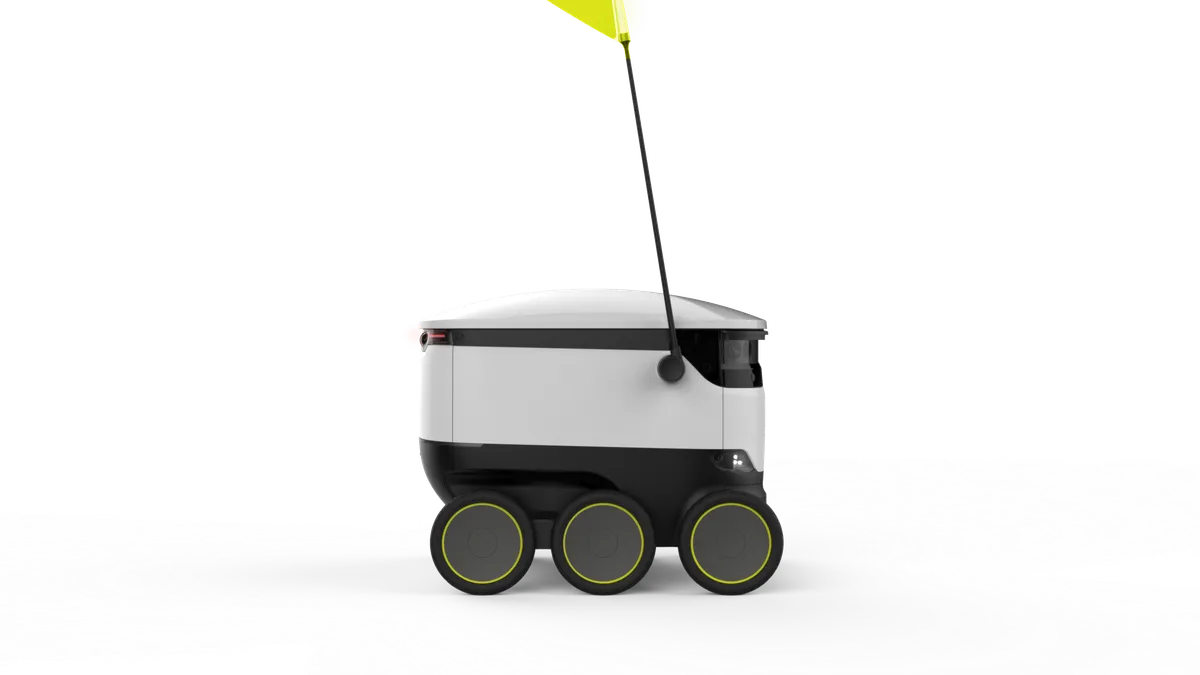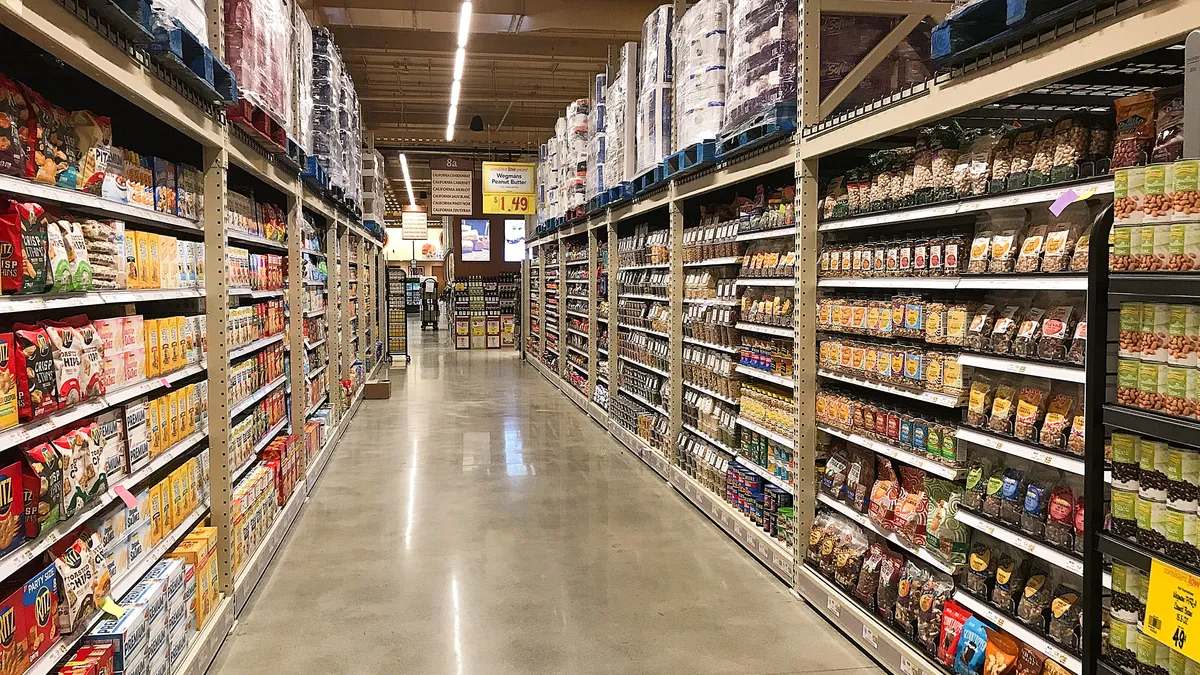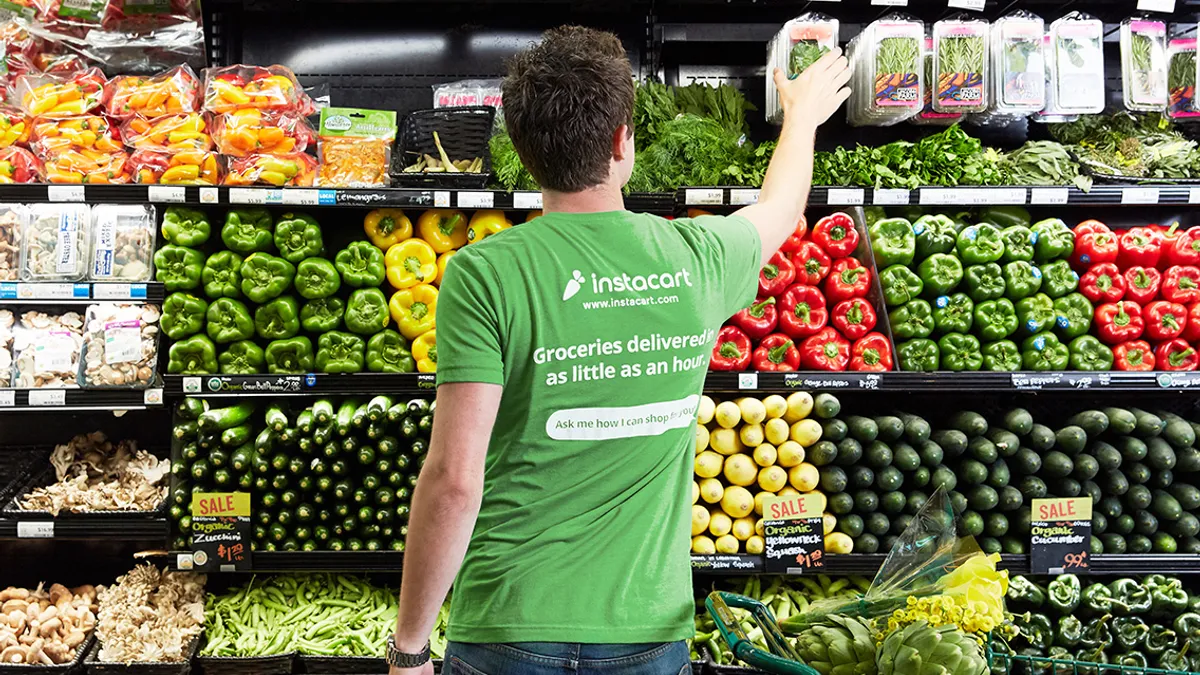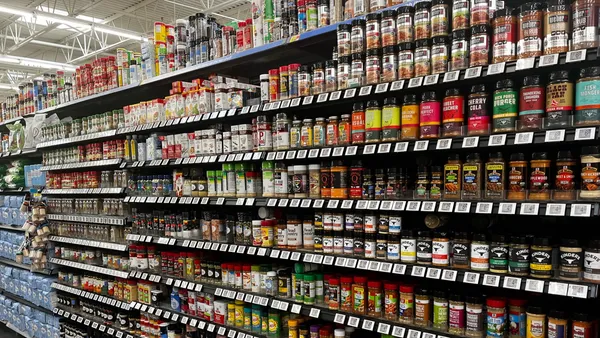Sean McBride is the founder of DSM Strategic Communications. He is the former executive vice president of communications & membership services at the Grocery Manufacturers Association and former director of communications at the American Beverage Association.
We are on the precipice of an artificial intelligence revolution. The signs are all around us. Autonomous vehicles traverse our roads, drones crisscross the sky and robots navigate grocery store aisles. We are about to enter a brave new world where the imagined becomes reality and impossible becomes possible. But is there a downside to this unstoppable transformation?
Author and political analyst David Paul Kuhn believes forty to fifty percent of all jobs will be replaced by artificial intelligence and automation in the coming decades, causing economic and political turmoil in the U.S. and overseas. The management consulting firm McKinsey predicts as many as 800 million workers worldwide will be displaced by 2030.
The grocery sector is not immune from this tidal wave of change. The food supply chain is a modern miracle. It is a complex web of interconnected variables with hundreds of thousands of touch points that move tens of thousands of products to store shelves and consumer homes each and every day.
Automation in food production and delivery is a necessity and a blessing. It generates cost-savings in the form of increased efficiency and corresponding reductions in manual labor. It helps deliver sustainability dividends, including reductions in carbon emissions, energy and water use. It boosts convenience, making it easier for consumers to procure goods and get them more quickly.
Grocery retailers and their suppliers cannot afford to stand still as AI advancements come to market — and they are not. Giant Food Stores recently announced it is using robots in 172 stores to identify store hazards and, eventually, out-of-stock items. George Mason University is developing autonomous vehicles that use sidewalks instead of roads to deliver food to waiting customers. Of course, there are many more examples of emerging AI solutions being tested in food, agriculture, food marketing and food delivery.
The promise of AI is alluring, but disruptive change always comes at a price. For instance, what is to be the fate of the 11 million people in the U.S. that are employed directly and indirectly in the food and personal care sector? Contrary to conventional wisdom, blue collar workers will not be the only ones impacted by AI. Experts predict AI will also displace white collar jobs, including accountants and lawyers.
While automation will be disruptive to well established workforce norms, neither the labor movement nor individuals nor food companies need fear the AI revolution. The key word in the doomsday predictions about the impact of AI on jobs is “displaced.” Jobs will not evaporate. In the AI dominated world of the future, drivers, forklift operators, stockers and cashiers can be retrained to operate and maintain the flood of devices and programs that will be needed in food production, marketing and delivery.
Automation means more computers, more robots, more software, more smart devices. Someone has to manage and service those devices. Think about the drones the military uses. Designed to reduce reliance on manned missions, military drones require remote operators, and a host of IT professionals and maintenance folks to keep them flying.
Coming back to a real-world retail example, when Giant Food deployed robots in its stores, rather than lay off impacted associates, it retrained them and tasked them with consumer-facing jobs. Of course, food companies will need to create and invest in a massive education and training initiative to ease the transition, but who better to turn to for your newly defined human capital needs than those in your current labor pool who understand your mission, have a dependable track record and possess an understanding of food retail?
Author and Columbia University graduate student Maximillian Gahntz says machine learning and data management skills are critical for people in the workforce of the future. That is why organizations like Stanford University, Cornell and Microsoft have developed education and training programs that help white- and blue-collar workers attain the skills they will need for full employment in the AI future. These initiatives will also ease the income disparity issues our political and economic institutions are struggling to cope with, and that were created in part by the IT revolution.
As one of the most labor-intensive sectors in the U.S. economy, food companies should partner with and tap into the emerging generation of thought leaders in academia who spend all their time thinking about the future. That will ensure marketplace success can turn AI-generated labor disruptions into a marketplace advantage.
The AI revolution can be a win-win for grocery retailers, suppliers and their associates. To win in the marketplace, with consumers and their employees, companies need to embrace change and develop a long-term change-management plan to transform their labor force from a 20th century manual labor model to a 21st century AI management model.



















